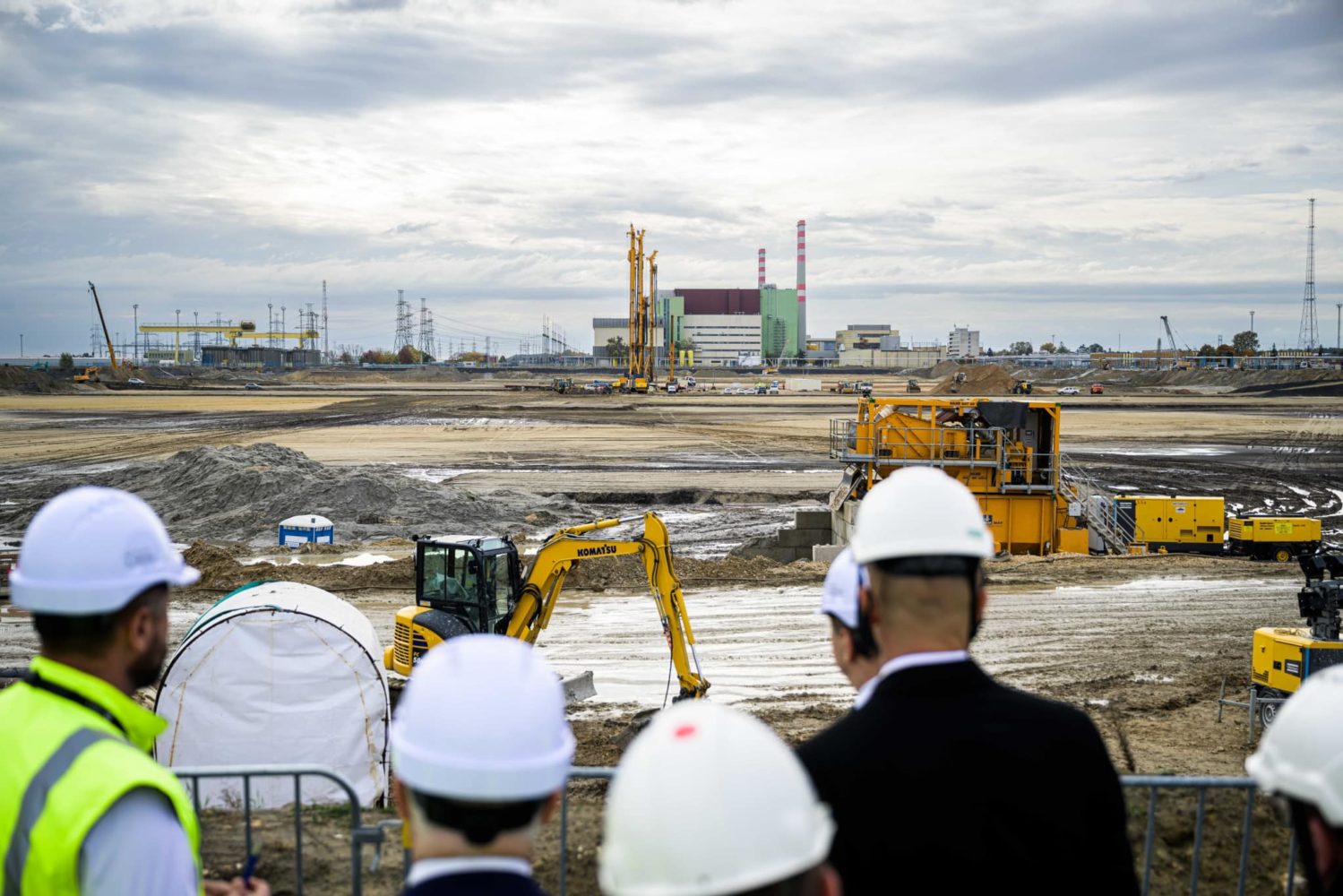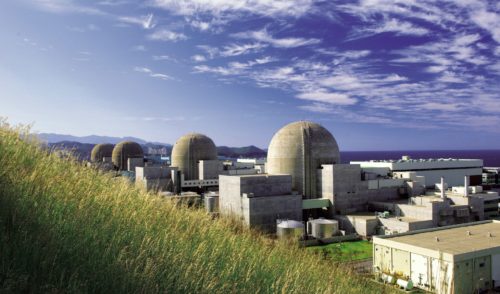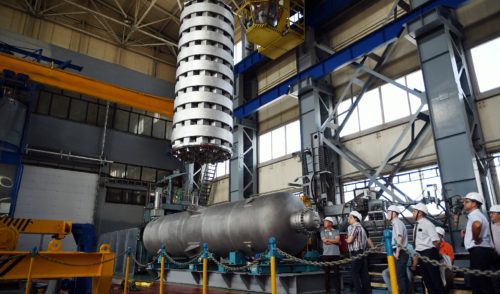
Ambitious Plans for Future
back to contentsRosatom and the Hungarian government set a timeframe for the construction of Paks II NPP. At a meeting in November, Rosatom chief Alexey Likhachev and Hungarian Foreign Minister Peter Szijjártó visited the site and praised the pace of the work underway.
The parties reviewed the two-year work schedule, license application deadlines, plans yet to be finalized, upcoming on-site works and their completion dates, and the timing for legislative changes to simplify certain procedures, Peter Szijjártó said. “As a result, we signed a roadmap for the next two years,” he concluded.
Construction works are now in full swing on the site. Excavation of the pit for Unit 6 was completed ahead of schedule. The pits for Units 5 and 6 were sunk to the water table, with over 1.5 million cubic meters of soil removed. The total area of the excavated pits is 4 hectares. In early November, work started to stabilize soils in accordance with the applicable requirements.
By the end of November, 2.7 kilometers of the impervious blanket was installed along the perimeter of the pits. This structure will protect the construction site from groundwater infiltration. Next, the excavation pits will be sunk to the planned depth of 23–27 meters, which will require the removal of about 4 million cubic meters of soil.
“All those works in progress suggest that first concrete — a turning point in the construction of a nuclear plant — — will be poured in late 2024,” Peter Szijjártó said.
The minister pointed out that the new plant would be built using the latest technology and to the most stringent environmental and nuclear safety requirements. He specifically mentioned the double containment structure capable of withstanding the strongest external impact and the presence of four independent systems that guarantee safety.
“We are proud that the two new units of Paks II are currently Europe’s largest nuclear construction project that has received a construction license. The project is truly international as 94 Hungarian companies and many US, German, French, Swedish and Austrian subcontractors are involved in it in addition to the Russian general contractor,” Peter Szijjáirtó said.
The construction of Paks II will be headed by Vitaly Polyanin, who previously led the Belarusian NPP construction project. “We will deploy our best people there,” Alexey Likhachev stressed.
The number of personnel at the site is growing. The on-site staff will reach 800–900 people by the end of 2023 and grow to about 2,000 by late 2024. At the peak of construction, there will be 10 to 13 thousand people working on the site.
Russian companies have started the production of long-lead equipment for Paks II. This includes a reactor pressure vessel, core catchers, nuclear island systems, and other equipment.
Péter Szijjártó noted that the life extension of the operating reactors and the commissioning of two new units will increase the share of nuclear power in Hungary’s energy mix to 70 %. “Solar and nuclear power plants will jointly cover 95 % of Hungary’s electricity needs. That is, we will be able to rely almost entirely on ourselves in terms of electricity. This will make us independent of price fluctuations on the energy market and increase the reliability of energy supply,” he said.
According to the minister, the two units of Paks II will reduce the natural gas consumption by 3–3.5 billion cubic meters, which will produce a significant financial effect. In addition, the new reactors will play a crucial role in climate protection as they will cut carbon dioxide emissions by 17 million tonnes per year. “This will be a huge step forward for Hungary in terms of greening its economy,” Szijjártó said.




